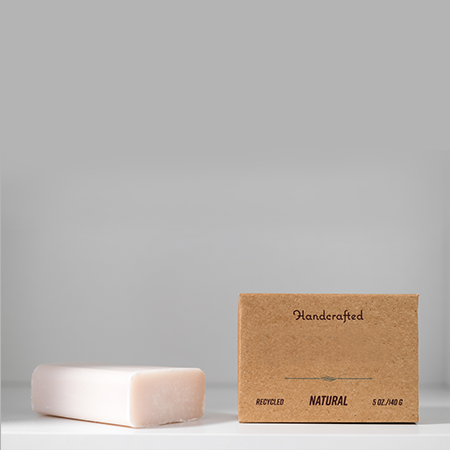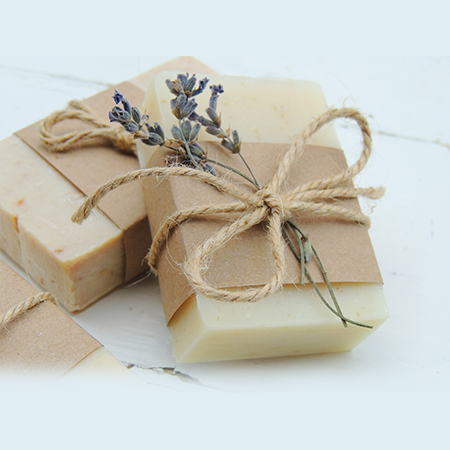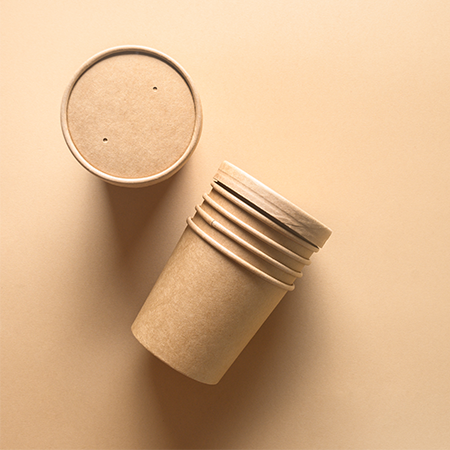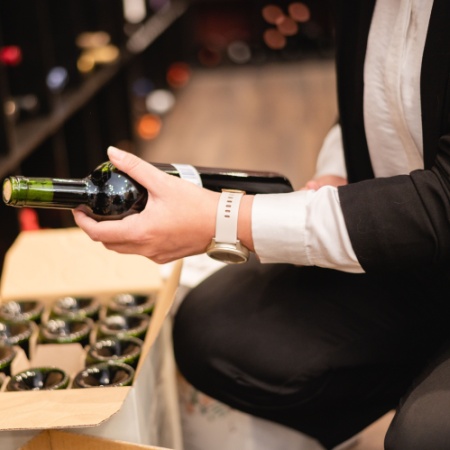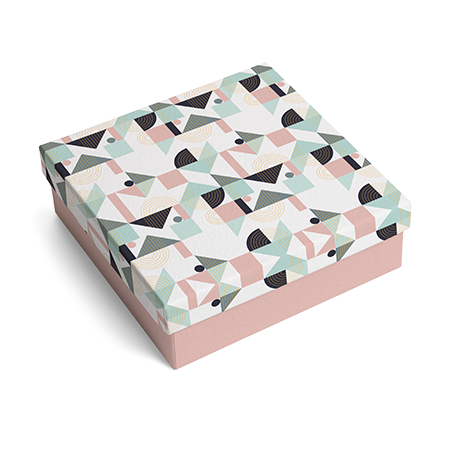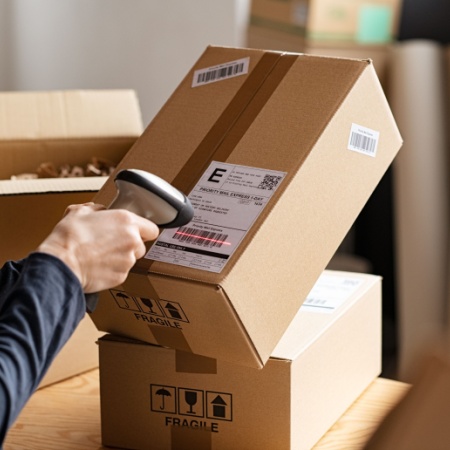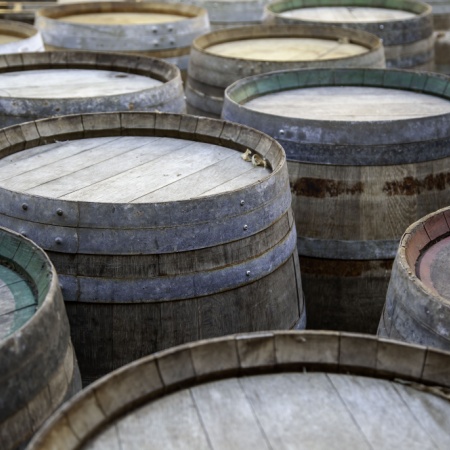Almost every brand today is taking steps towards being environmentally friendly and more sustainable. For some brands, the entire range and products are based on sustainable, environmentally friendly roots. Others are making changes in key areas that contribute to the goal of becoming more sustainable. The good news is that there are several changes you can make, both big and small, to create more sustainable packaging options regardless of the size of your brand.
Sustainably Sourced Packaging Materials
Using sustainably sourced ingredients whenever possible plays an important factor in creating a sustainable product. Among these, local resources may be used with the most accurate methods. Companies can reduce transport emissions by sourcing products and materials domestically. As less packaging is needed when sourcing products and materials locally, the carbon footprint will also be reduced. Buying recycled materials from local factories is another sustainable practice. In addition, using sustainably sourced packaging materials is an effective way to create a more environmentally friendly product. Creating sustainable primary packaging may not be possible for every brand depending on the product and the budget determined, but fortunately, using sustainable materials for secondary packaging is a method that can be used by almost everyone.
There are different types of sustainable materials you can choose from for packaging. Two commonly known sustainable materials are listed below.
Post-consumer Waste Paper
Post-consumer Waste Paper is recycled paper made from waste that people used before. Instead of being dumped in landfills, Post-Consumer Waste Paper is recycled and can be used for beverage cartons, books, and more. This is a more sustainable option than using paper that is not processed, taken directly from wood pulp, and does not contain recycled material.
FSC Certified Materials
Products with Forest Stewardship Council (FSC) certification have been obtained from consciously managed forests and/or made from post-consumer waste.
There are different material categories for FSC-labeled materials:
- FSC %100: Certified products from fully FSC certified forests.
- FSC Mix: FSC certified products are made from multiple sources such as recycled materials, FSC certified virgin fiber, and/or controlled wood.
- FSC Recycled: Products made only from recycled materials.
Simplify the Packaging
Designing your product's packaging structure to use less packaging will make your product more sustainable. However, it is important to use a balanced amount of packaging. While brands want to avoid using unnecessary amounts of additional packaging material, they can also use too little to compromise the integrity of the product. Therefore, it is important to ask yourself the question: "How much packaging material can be used without compromising the quality of the product and its packaging?" When "simplifying" a packaging material, consider three things carefully.
First, the simplified packaging material can have an impact on the visual appearance of the package. A simpler material can cause cracking with increased pressure in areas that are folded or scratched.
Second, consider how a finer material will react to your production and product handling. Will the packaging with plain material be able to support the weight of the product? Could changes in packaging materials cause rupture or malfunction in automatic lines?
Third, make sure you consider the shipping and distribution cycle that the product will go through to your customers. We strongly recommend that you conduct shipment tests to make sure the product and its packaging are on the destination as they leave your facility. Damage to the product at this stage can cause significantly lower costs and lost revenue for businesses.
Change to more sustainable packaging can be costly and devastating if you don't fully consider these three elements.
Multipurpose Packaging
Multi-purpose packaging is a creative and fun way to make your product more sustainable. What's more, there are many different ways to make your packaging multifunctional. As an example, imagine a brand creating a secondary packaging made from cardboard for a food or beverage marketed to children. His is a great way to make secondary packaging multifunctional. Designing packaging that folds into a paper child's toy or figurine after being used for its original purpose (preserving the product) is a creative way to help pollute nature less.
Create a Sustainable Packaging Design with the Help of LuxBoxPack
Sustainable packaging not only helps the environment, but it also leaves a positive impression on consumers. If you want to create sustainable packaging for your brand, contact LuxBoxPack's expert team.
